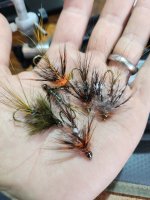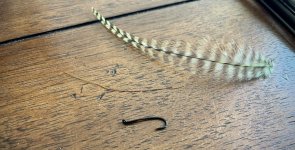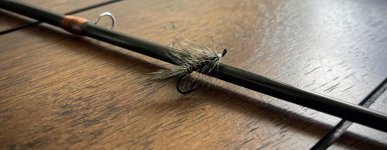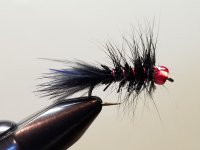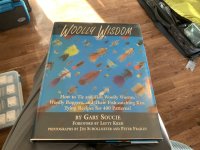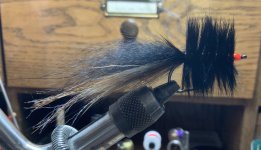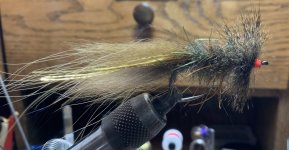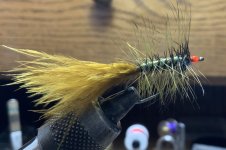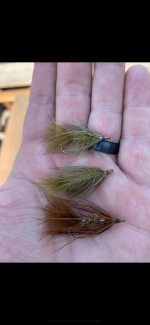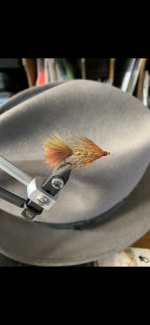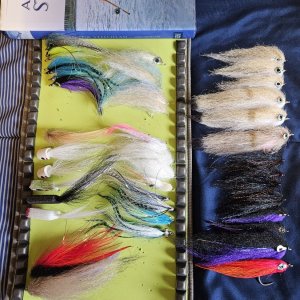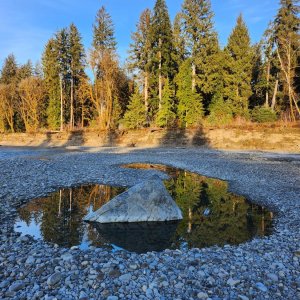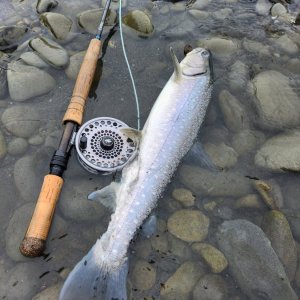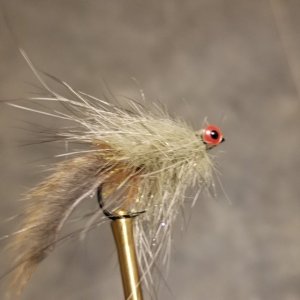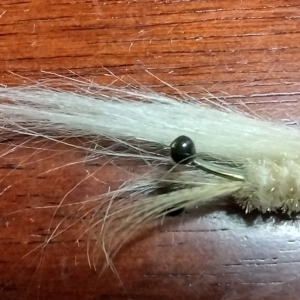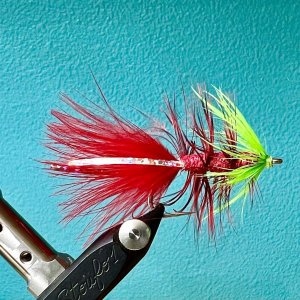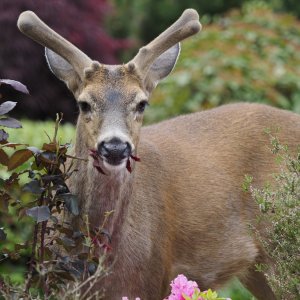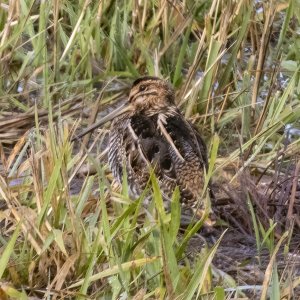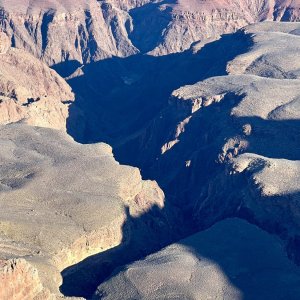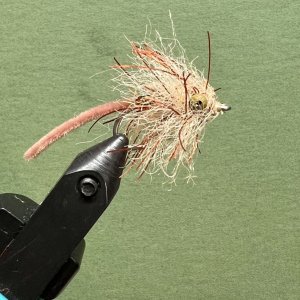The winner of the May contest as picked by @MillCreekMinnow is...... @Divad with his magnificent jig style green drake nymph: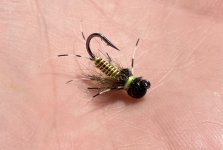 For the month of June Divad has come up with a classic theme of the mighty Wooley Bugger!
For the month of June Divad has come up with a classic theme of the mighty Wooley Bugger!
Who will win some swag and be crowned champion of June remains to be determined...let's get tying those WB's!
 For the month of June Divad has come up with a classic theme of the mighty Wooley Bugger!
For the month of June Divad has come up with a classic theme of the mighty Wooley Bugger!Who will win some swag and be crowned champion of June remains to be determined...let's get tying those WB's!


